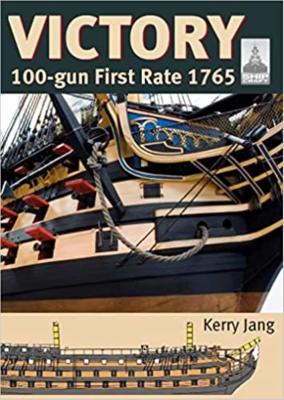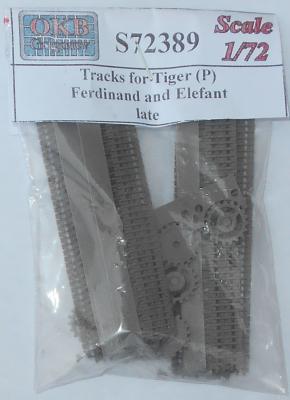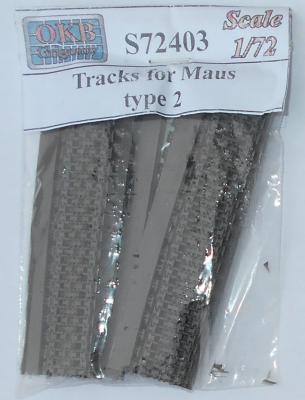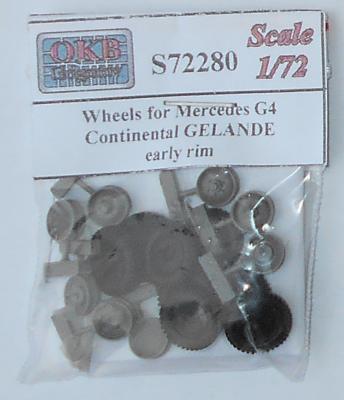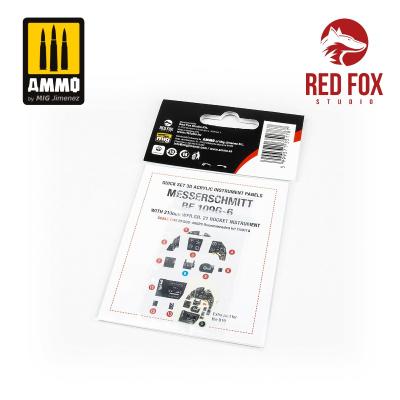If you’re even just a passing fan of classic sailing ships, you should be familiar with the unforgettable H.M.S. Victory, the famous ship-of-the-line that Lord Nelson commanded at the Battle of Trafalgar in 1805. More readily recognizable by the novice than even the U.S.S. Constitution, this ship has been a subject for virtually every major model maker in the last century, manufactured in metal, wood or plastic.
Welcome to the IPMS/USA Reviews site!
Introduction: The primary organization of the IPMS/USA Review website is by IPMS/USA National Contest Class. Within each Class there are sub-menus by kits, decals, books, etc. The Miscellaneous Class is for items that are not class specific or that cross two or more classes.
IPMS/USA Members: We encourage you to submit reviews, both here and to the Journal. To volunteer for membership in the IPMS/USA "Reviewers Corps" and submit your own reviews, please read the Guidelines For Submitting Product Reviews.
Manufacturers, publishers, and other industry members: IPMS/USA is pleased to offer your company the opportunity for product reviews. All product reviews are performed by IPMS/USA members, and are posted in the publicly-accessible section of our website. With very few exceptions, we perform full build reviews of new kit releases, aftermarket products, and supplies. If you would care to provide product samples for review, please contact John Noack, IPMS/USA 1st VP.
To learn more about IPMS/USA, please see our About Us page.
About the Subject (from Wikipedia)
“The Ferdinand was intended to supplant previous light panzerjägers, such as the Marder II and Marder III, in the offensive role. A similar gun was used in the lightly armored Hornisse (later known as Nashorn) tank destroyer, built at the same time.
About the Subject (from Wikipedia)
“A German World War II super-heavy tank completed in late 1944. It is the heaviest fully enclosed armored fighting vehicle ever built. Five were ordered, but only two hulls and one turret were completed, the turret being attached before the testing grounds were captured by advancing Soviet military forces.
he principal problem in the design of the Maus was developing an engine and drivetrain which was powerful enough to adequately propel the tank, yet small enough to fit inside it. The Maus was too heavy to cross bridges. As a result, an alternative system was developed, where the Maus would instead ford the rivers it needed to cross.
About the Subject (from Wikipedia)
“The Mercedes-Benz W31 type G4 was a German three-axle off-road vehicle first produced by Mercedes-Benz as a staff/command car for the Wehrmacht in 1934. The cars were designed as a seven-seat touring car or closed saloon, and were mainly used by upper echelons of the Nazi regime in parades and inspections, as they were deemed too expensive for general Army use.
The G4 was a development of the G1, launched in 1926. All had an 8-cylinder inline engine, in the first three years of 5018 cc (306.2 cu in) displacement delivering 100 PS (74 kW). It was a 6×4 configuration with four-speed transmission (synchronised upper gears) that transferred drive to all four rear wheels.
Red Fox Studio manufactures 3D acrylic resin instrument panels and details for aircraft cockpits in several scales and are now available through the AMMO website for purchase. The parts in this scale are quite detailed for their small size and are even pre-painted! The placement of these bits is easy- one simply has to separate the part from the cardstock and glue it in place using any white glue you have on hand- including that created by AMMO. The parts can also be washed with AMMO enamel or acrylic paints, and varnished with acrylic based varnishes. In addition to adjusting each cockpit detail to the correct scale, each piece features a hyper-realistic finish on the instruments, gauges, and displays, imitating the reflection of the glass bezels.











